Choosing the Right Chandelier Material: A Comprehensive Guide
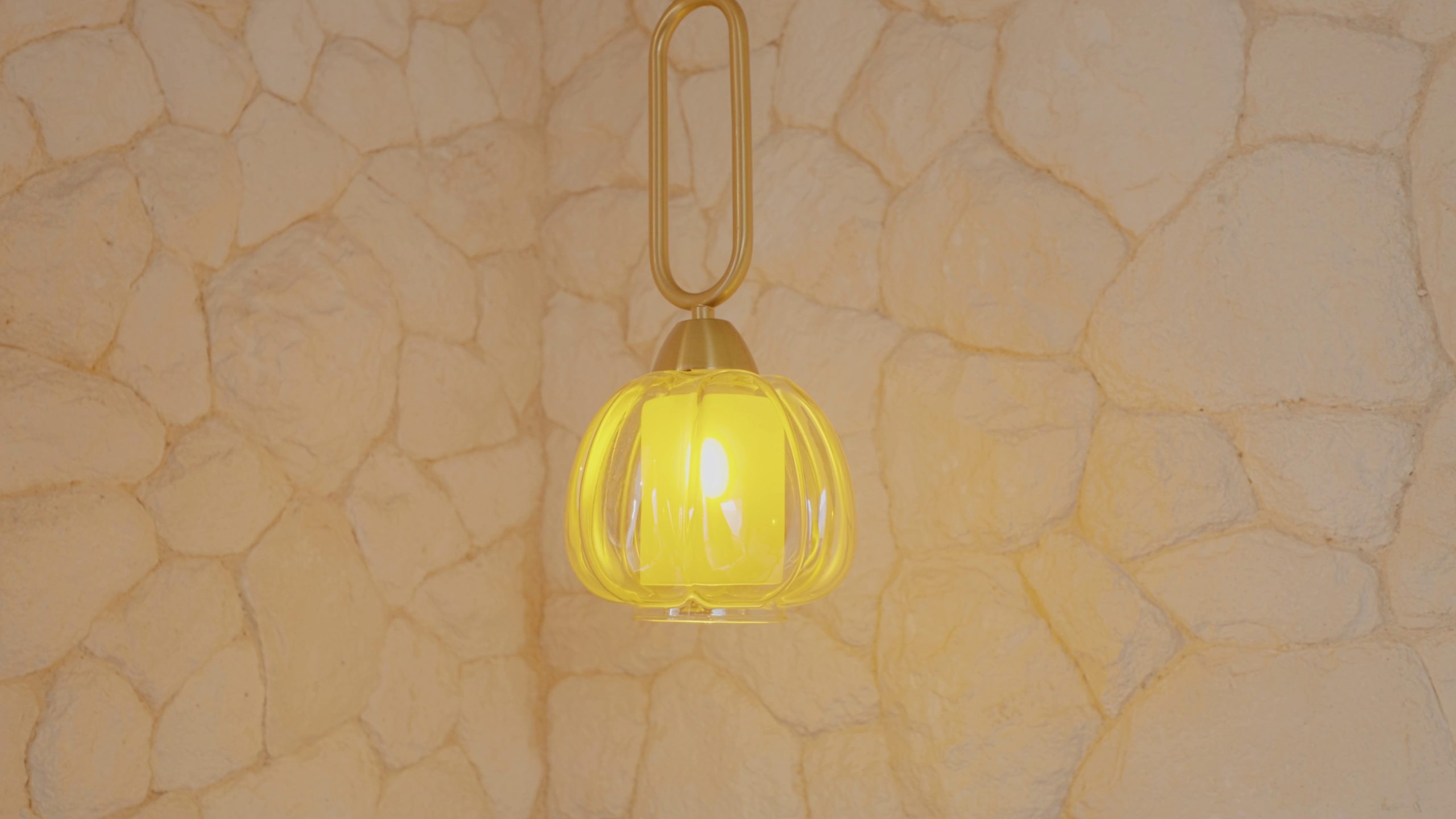
Chandeliers are a popular lighting choice in home decor, adding elegance and character to any space. With diverse styles available, homeowners can select chandeliers made from different materials to match their interior design. But which material is best? Below, we break down the pros and cons of common chandelier materials to help you decide.
1. Glass Chandeliers
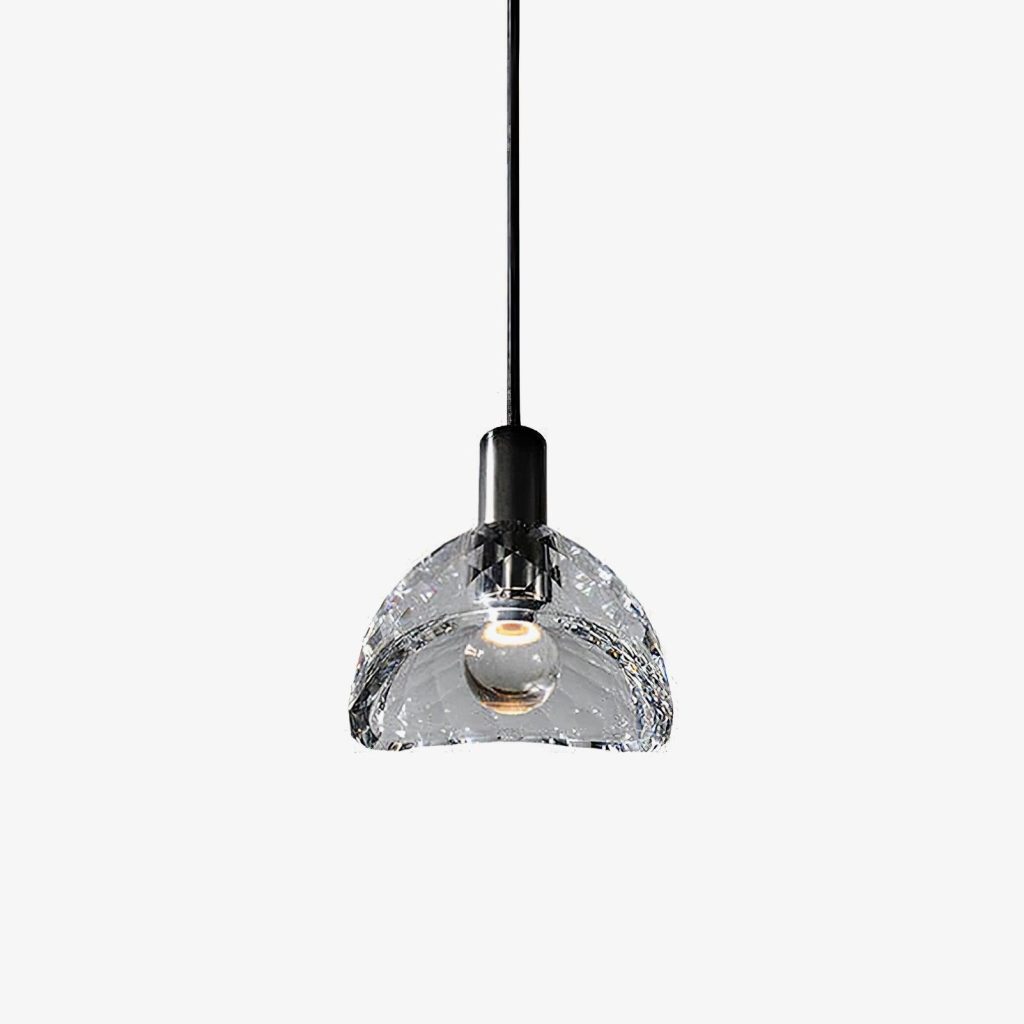
Pros:
- Modern and visually appealing.
- Excellent light diffusion with a crystal-clear finish.
- Heat-resistant and durable under high temperatures.
Cons:
- Fragile and prone to breaking.
- Limited design flexibility.
- Difficult to clean due to intricate shapes.
2. Paper Chandeliers
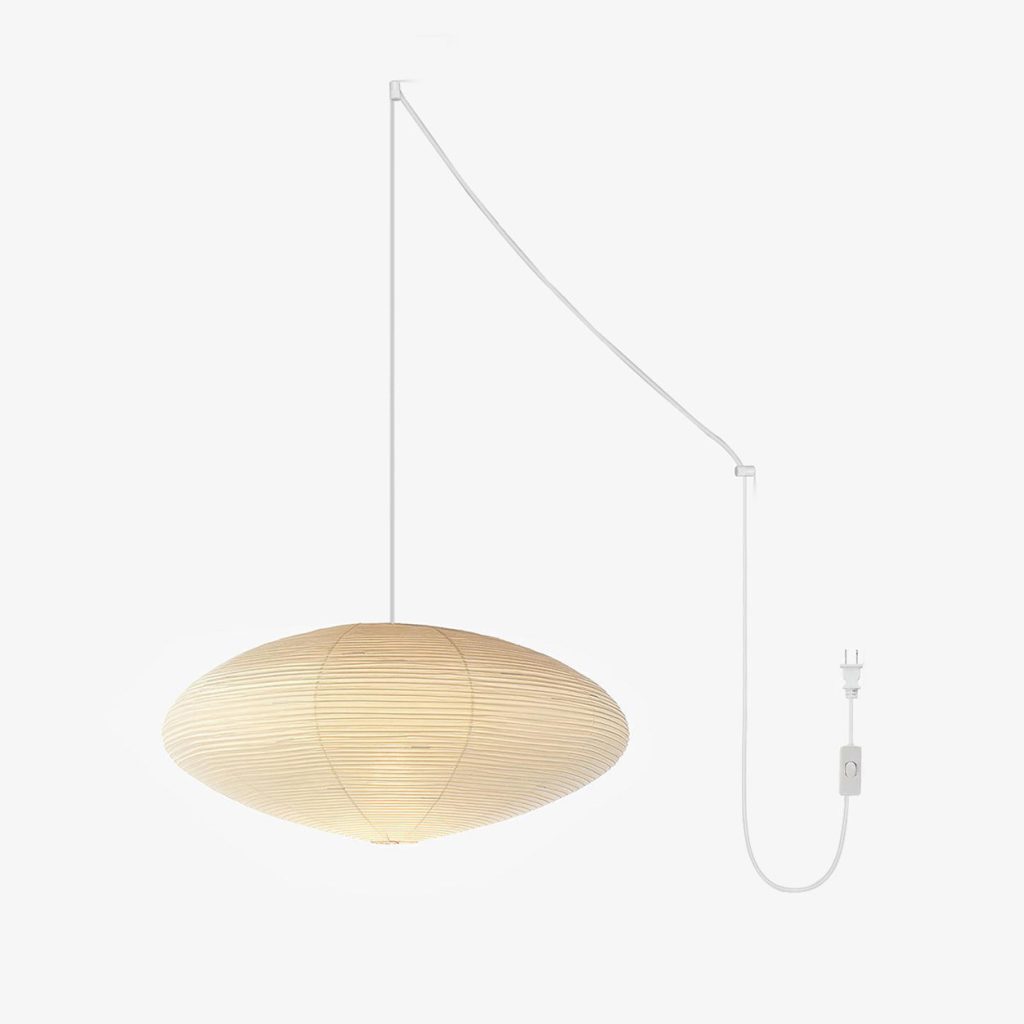
Pros:
- Lightweight and easy to replace.
- Ideal for minimalist or Chinese-style interiors.
- Adds a cultural, artistic vibe.
Cons:
- Vulnerable to water and heat damage.
- Prone to discoloration and dust accumulation.
3. Plastic Chandeliers
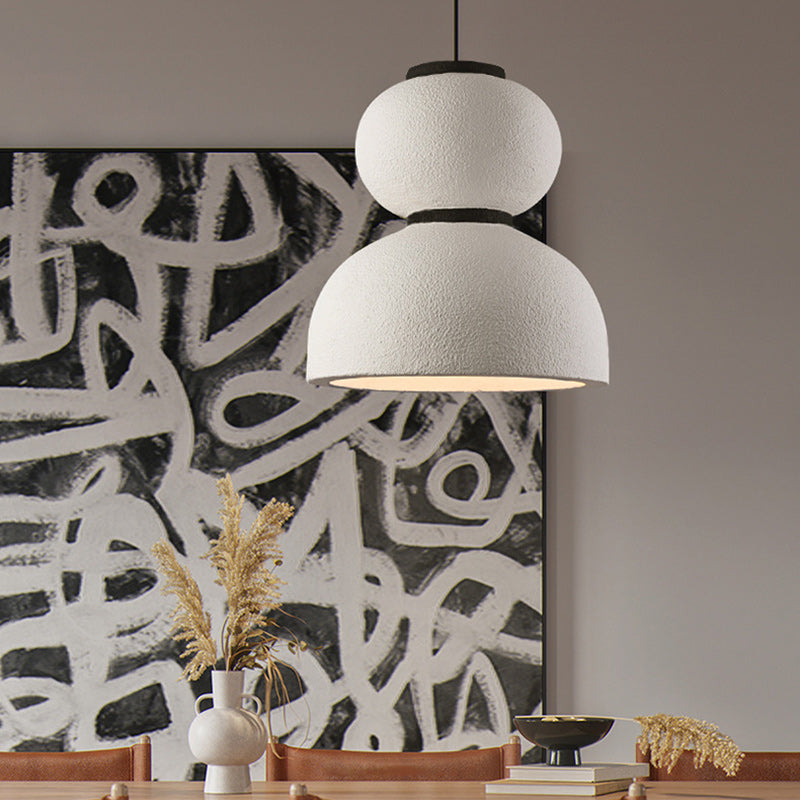
Pros:
- Affordable and versatile in design.
- Easy to clean and available in vibrant colors.
- Popular among younger, budget-conscious buyers.
Cons:
- Low-quality texture and aesthetics.
- May emit harmful odors when overheated.
4. Marble Chandeliers
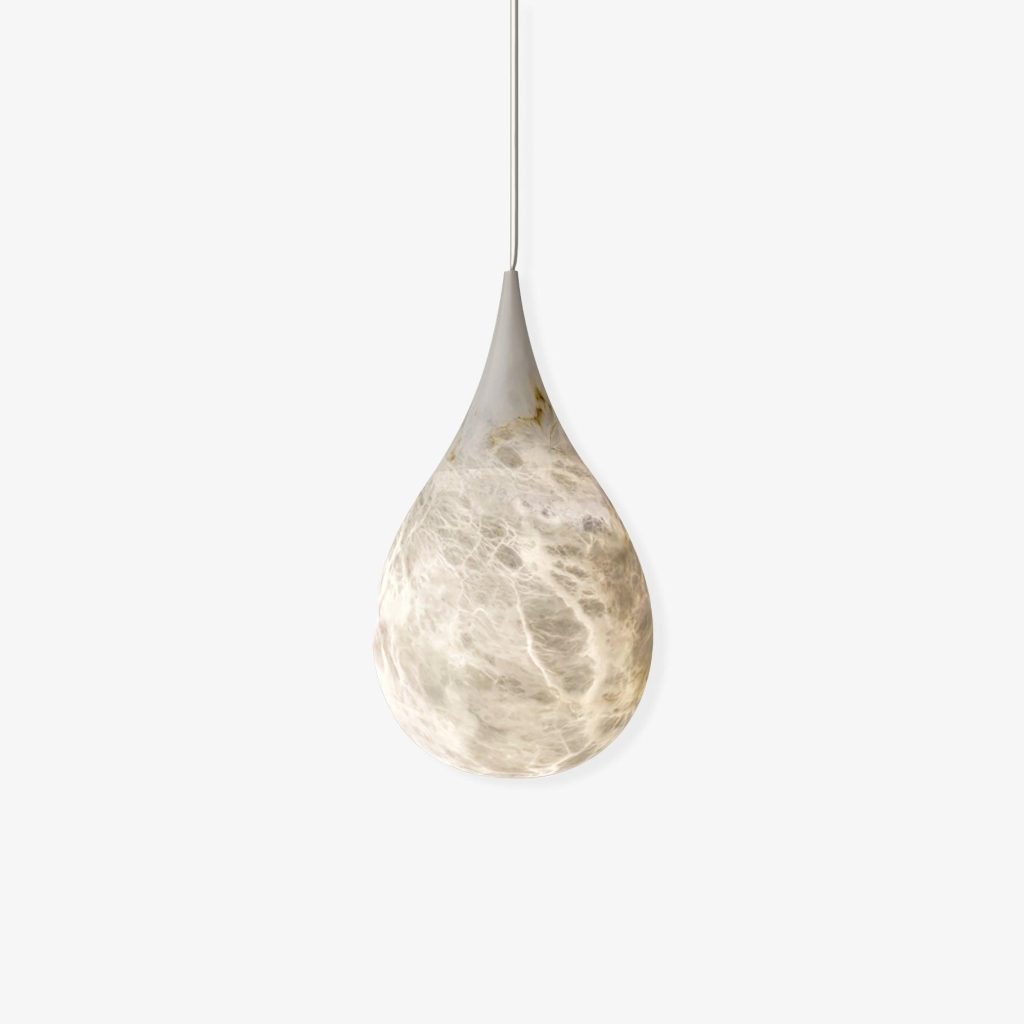
Pros:
- Luxurious and sophisticated, with a soft, natural glow.
- Heat-resistant and waterproof.
- Adds a high-end, timeless appeal.
Cons:
- Expensive, especially high-quality pieces.
- Heavy and challenging to install.
5. Metal Chandeliers
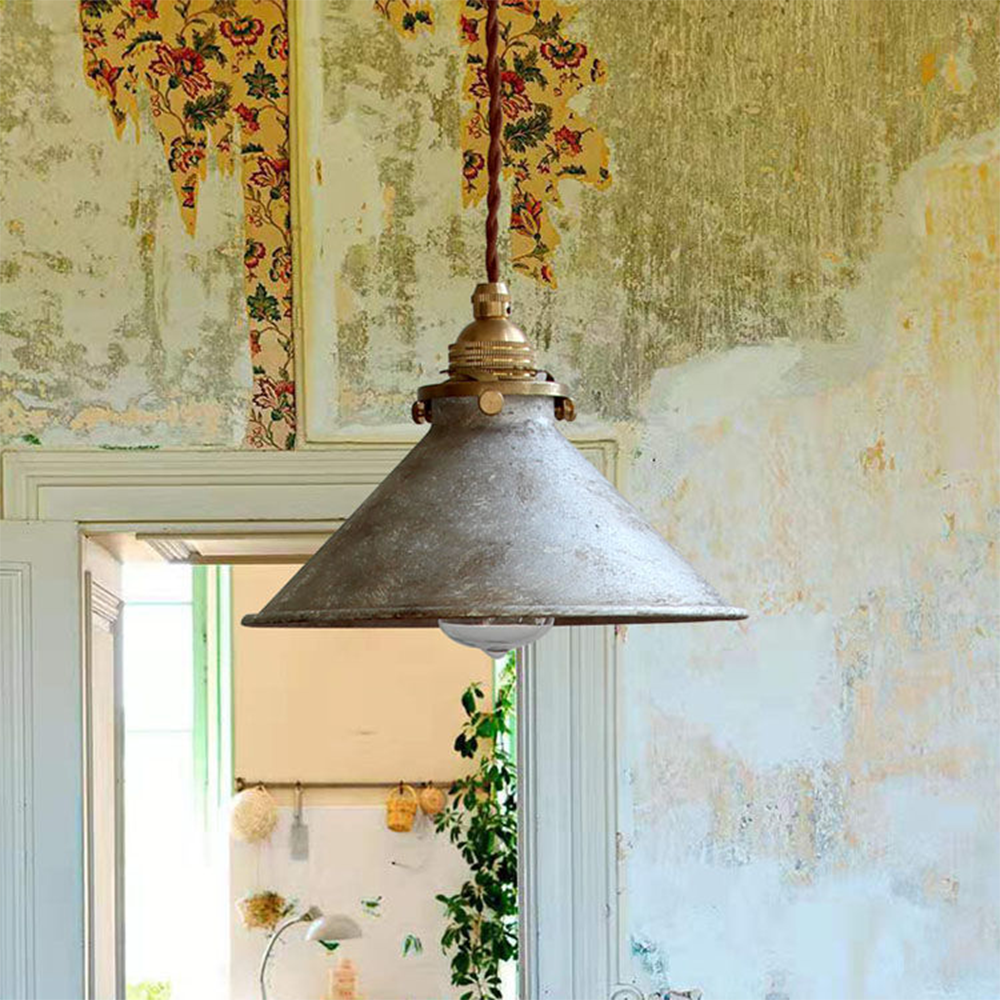
Pros:
- Classic, vintage elegance with unique styling.
- Durable and long-lasting.
Cons:
- Prone to rust or color fading over time.
- Some metals may warp slightly due to corrosion.
6. Wooden Chandeliers
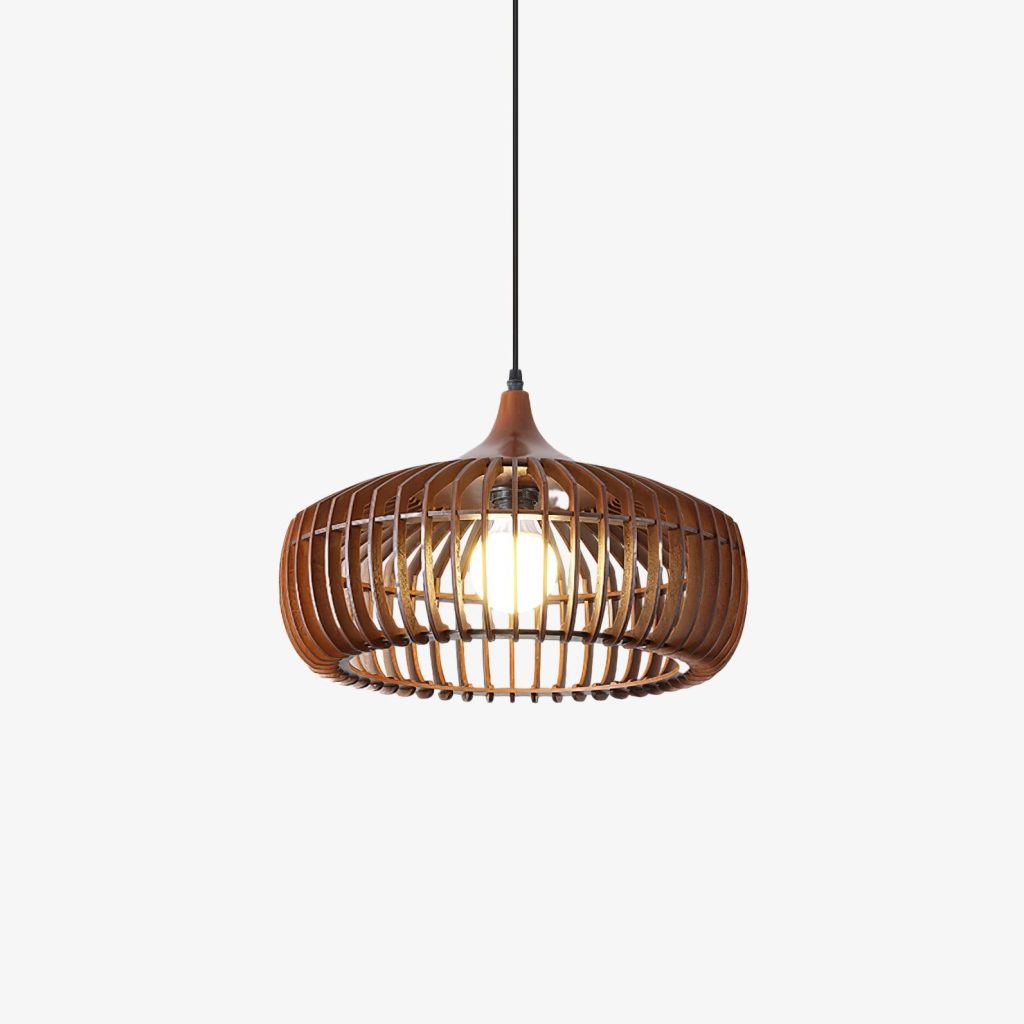
Pros:
- Brings a natural, earthy ambiance to rooms.
- Traditional choice for Chinese-style decor.
- Modern designs blend rustic charm with contemporary aesthetics.
Cons:
- Limited durability in humid environments.
- Requires maintenance to prevent warping or cracking.
7. Wrought Iron Chandeliers
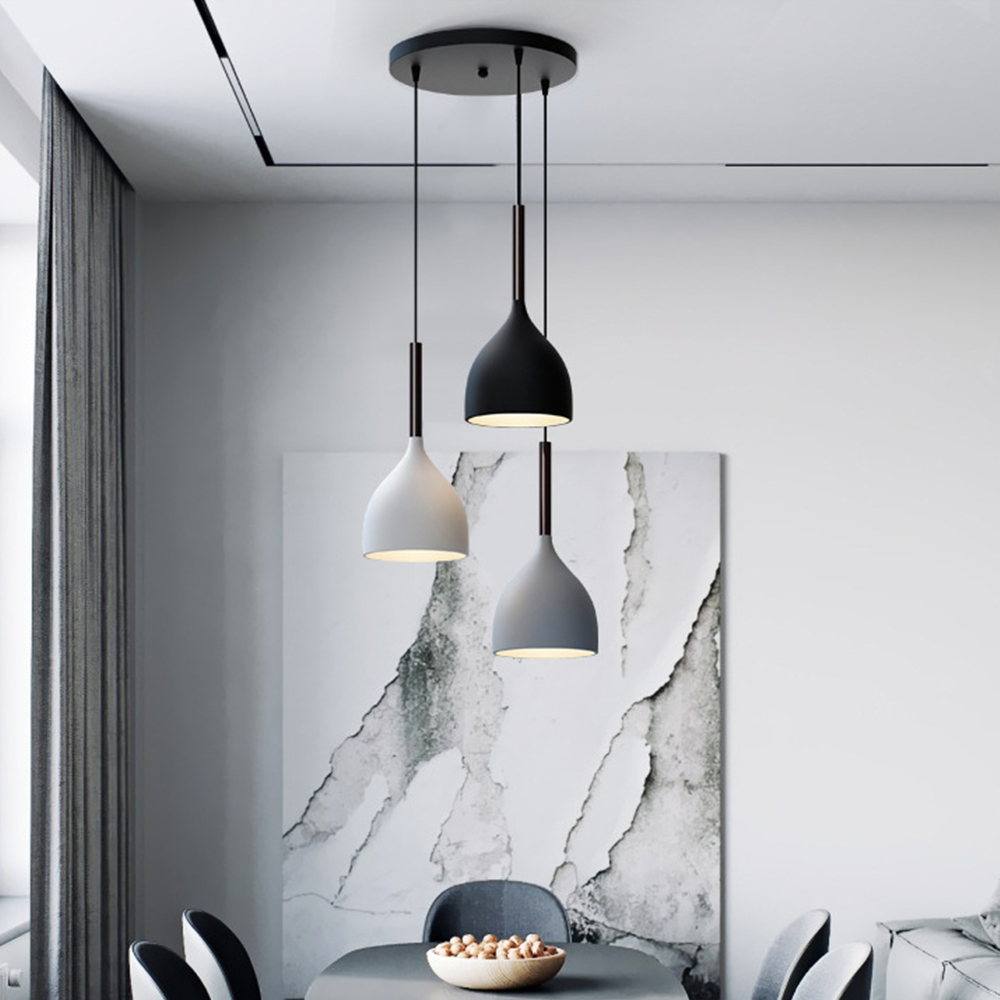
Pros:
- Rich historical roots, inspired by European palace designs.
- Combines vintage and modern artistic forms.
- Highly customizable due to iron’s malleability.
Cons:
- Heavy and may require reinforced installation.
- Can develop rust if not properly treated.
8. Resin Chandeliers
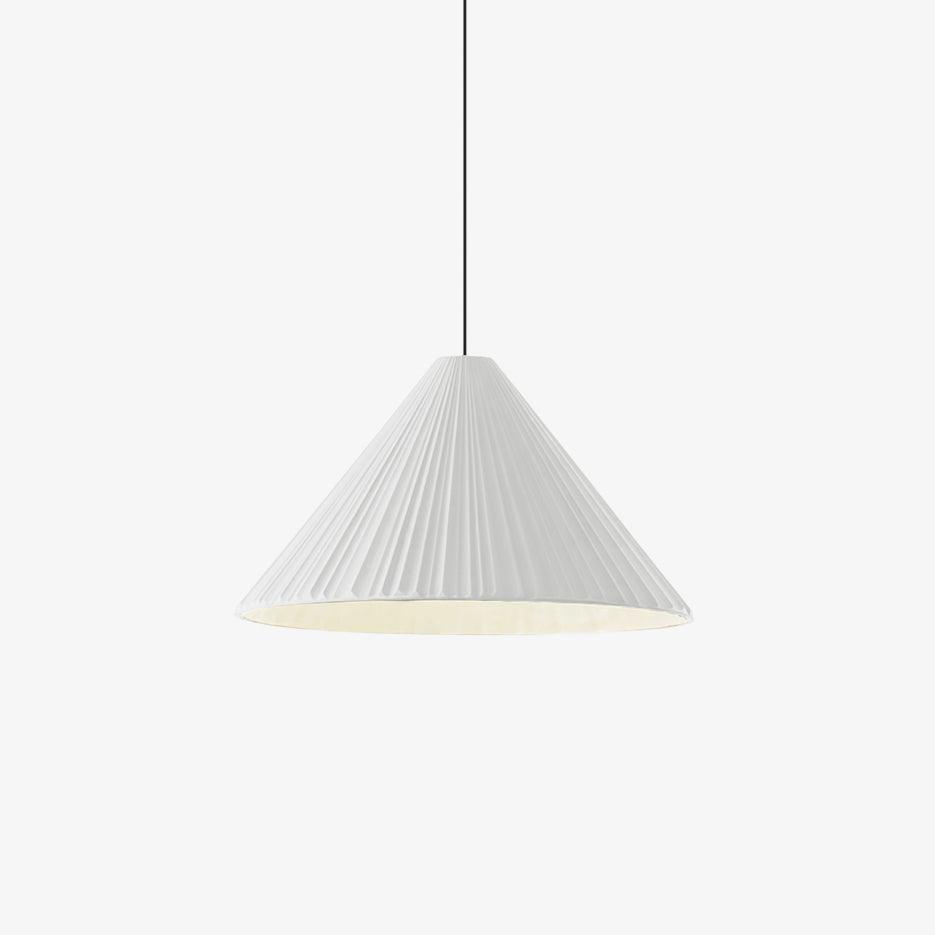
Pros:
- Common in European classical designs.
- Highly flexible material for intricate, decorative shapes.
- Lightweight yet detailed in craftsmanship.
Cons:
- Less heat-resistant compared to other materials.
- May yellow or degrade over time.
9. Copper Chandeliers
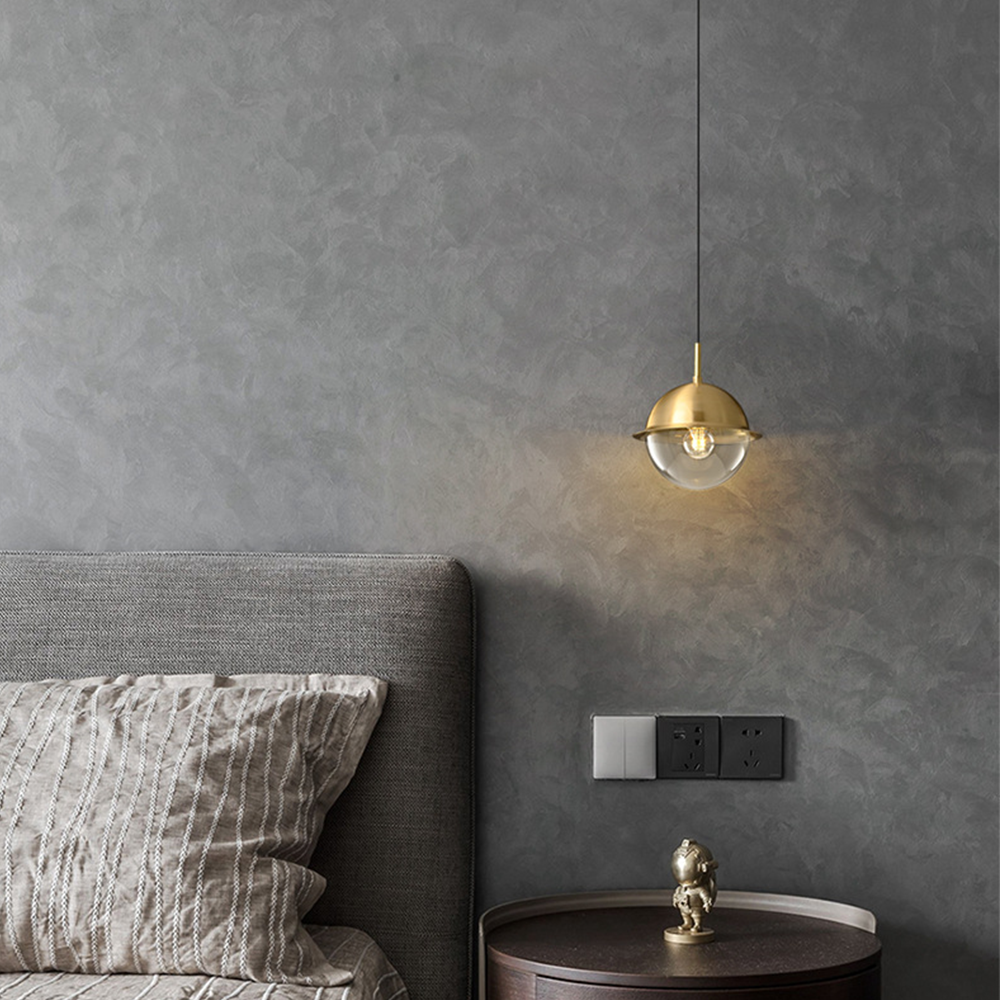
Pros:
- Renowned for durability and timeless metallic sheen.
- Used in both antique European and modern Chinese-style designs.
- Resists corrosion and maintains its luster for decades.
Cons:
- Higher cost due to material and craftsmanship.
- Requires periodic polishing to prevent tarnishing.
Final Thoughts
Each chandelier material offers unique aesthetics and functional traits. Glass and marble suit luxurious spaces, while wood or paper aligns with rustic or minimalist themes. Plastic and resin cater to budget-friendly, creative designs, whereas metal and copper promise longevity. Consider your room’s style, budget, and maintenance preferences to find the perfect match!
Let us know in the comments: Which material speaks to your home’s personality? 💡✨
